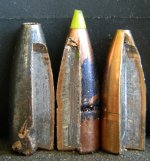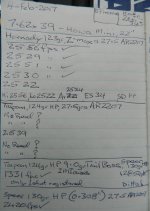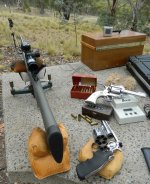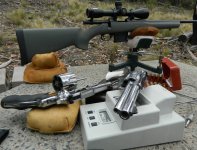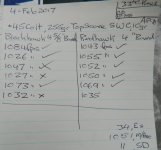DrMike
Ballistician
- Nov 8, 2006
- 38,125
- 8,151
Twenty-five hundred is just a number, Homer. The velocities you're generating will deliver sufficient energy on impact. No game will be able to tell the difference. Very neat.
Follow along with the video below to see how to install our site as a web app on your home screen.

Note: this_feature_currently_requires_accessing_site_using_safari
